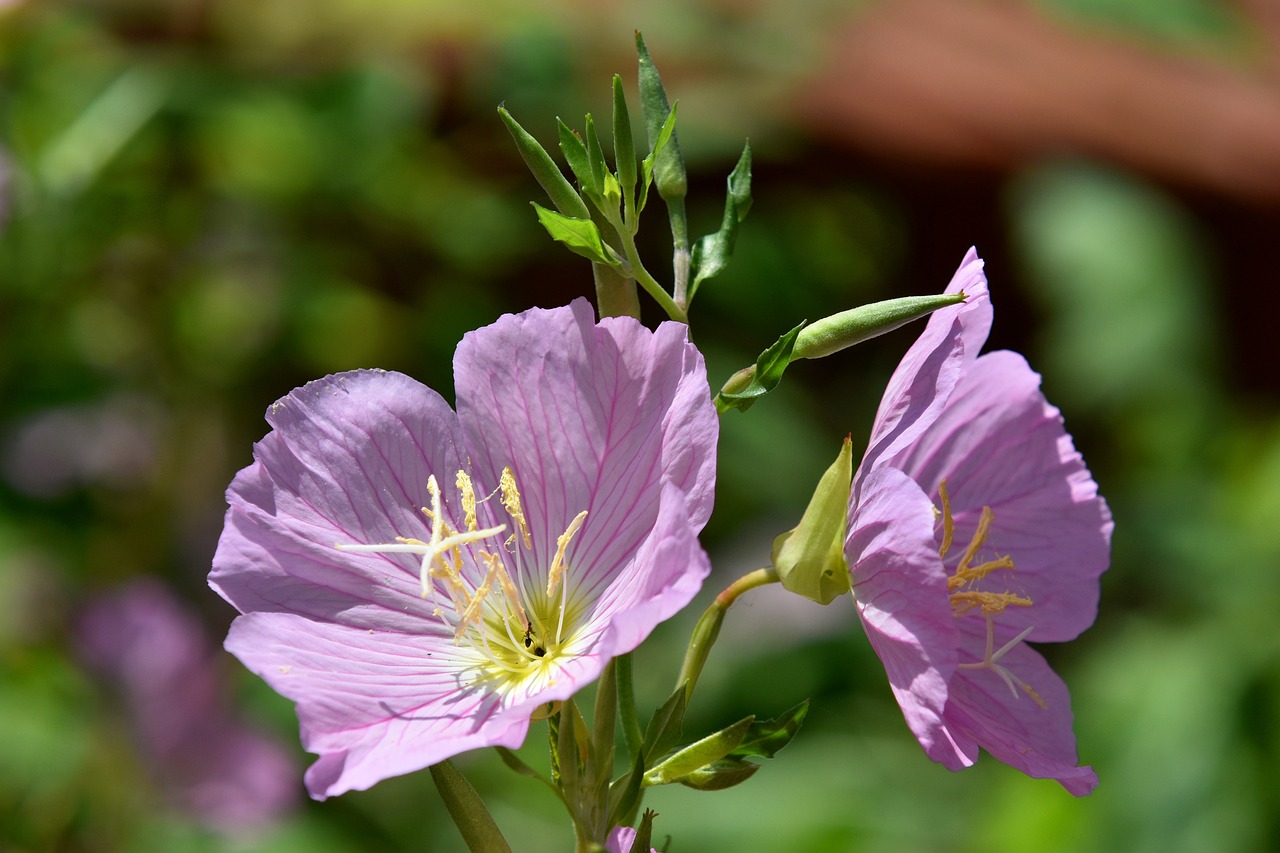
Understanding Oenothera
What is Oenothera?
Oenothera, commonly known as Evening Primrose, is a diverse and captivating genus of flowering plants that has garnered admiration from gardeners around the world. Known for their stunning trumpet-shaped blooms, these plants belong to the family Onagraceae and are primarily native to North and South America. Oenothera’s remarkable beauty lies in its delicate, often fragrant flowers that come in various vibrant colors, making them an excellent addition to any garden landscape.
Varieties of Oenothera
Oenothera offers a wide range of species and cultivars, each with its own unique characteristics and colors. Some of the most popular varieties include:
- Oenothera biennis (Common Evening Primrose): Recognized for its pale yellow blossoms, this species is native to North America and commonly found in fields and open areas.
- Oenothera speciosa (Pink Evening Primrose): This charming variety features delicate, pink blooms and is often used as ground cover in garden designs.
- Oenothera fruticosa (Sundrops): Sundrops are cherished for their cheerful, bright yellow flowers that add a burst of color to any garden.
Choosing the Right Spot
Sunlight Requirements
To ensure the optimal growth and vibrancy of your Oenothera, it’s crucial to provide them with the right amount of sunlight. These plants thrive in full sunlight, so select a location in your garden that receives at least 6 to 8 hours of direct sunlight daily. With the sun’s nourishing rays, your Evening Primroses will bloom their best.
Soil Preparation
The health of your Oenothera largely depends on the type of soil they are planted in. Well-draining soil is essential for their well-being. Sandy or loamy soil types are preferred, as they prevent water from pooling around the roots, which can lead to root rot. Before planting, enrich the soil with organic matter such as compost to enhance its fertility, ensuring your evening primroses have the nutrients they need to thrive.
Planting Oenothera
When to Plant
Timing is crucial when it comes to planting Oenothera. It’s best to do this in the spring, after the last frost has passed. Planting too early can expose the young plants to the risk of frost damage, so it’s essential to wait until the weather has warmed sufficiently.
Planting Seeds
If you’re starting with Oenothera seeds, sow them about a quarter inch deep in the well-prepared soil. Keep the soil consistently moist until the seedlings emerge, which usually takes a couple of weeks. Once they are established, you can reduce the frequency of watering.
Transplanting Young Plants
For those who prefer to work with young plants, ensure that you space them at least 12 to 18 inches apart. This allows enough room for the plants to spread and grow without crowding. Plant them with the root ball level with the soil surface to promote healthy root development.
Nurturing Your Evening Primroses
Watering
While Oenothera is known for its drought tolerance, it’s essential to provide regular watering, especially during dry spells. Consistently moist soil ensures the best growth and flowering performance. Water deeply to encourage deep root development, and avoid waterlogged conditions, which can harm the plant’s roots.
Fertilizing
To encourage robust growth and abundant blooms, apply a balanced, all-purpose fertilizer during the growing season. It’s crucial to follow the recommended dosage provided on the product label to prevent over-fertilization, which can harm the plant.
Pruning
Pruning Oenothera is a straightforward process. Deadheading spent blooms, which means removing the faded flowers, will stimulate the production of new buds and extend the flowering period. Additionally, you can trim back any leggy or excessive growth to maintain a compact and aesthetically pleasing shape.
Common Pests and Diseases
Pest Prevention
Oenothera is generally resilient to pests, but you should still keep an eye out for potential intruders. Aphids and caterpillars are the primary threats to your evening primroses. Regular inspections of your plants and the use of natural remedies, such as neem oil or insecticidal soap, can help protect them from these unwanted visitors.
Disease Management
Evening Primroses are usually robust and healthy, but they may occasionally face issues like rust or powdery mildew. To prevent these diseases, it’s essential to provide adequate spacing between your plants to ensure good air circulation. Well-drained soil and proper watering practices also play a significant role in preventing common plant diseases.
In conclusion, Oenothera, or Evening Primrose, is a fantastic addition to your garden, bringing an array of colors and fragrances to your outdoor space. By carefully selecting the right location, preparing the soil, and following best practices for planting and care, you can enjoy the beauty of these delicate flowers throughout the growing season. So, roll up your sleeves and get ready to transform your garden into a floral paradise!
FAQs
- When do Oenothera bloom?
Oenothera typically blooms from late spring through summer, depending on the variety. - Can Oenothera be grown in containers?
Yes, many Oenothera varieties can thrive in containers, provided they receive adequate sunlight and well-draining soil. - How do I propagate Oenothera?
You can propagate Oenothera by collecting and planting seeds or by dividing mature plants in early spring. - Do Evening Primroses attract pollinators?
Yes, Oenothera flowers are known for attracting pollinators like bees and butterflies to your garden. - Are Oenothera plants easy to maintain?
Oenothera is relatively low-maintenance. With the right conditions, they can thrive with minimal care.